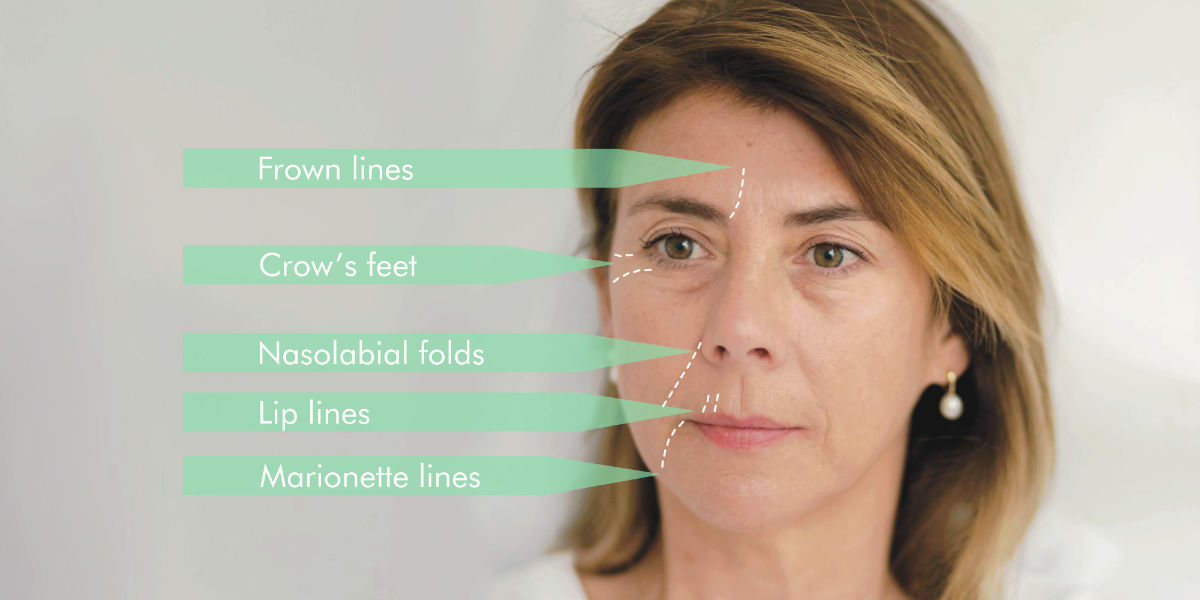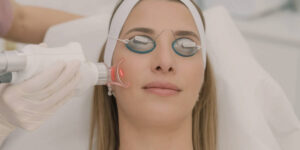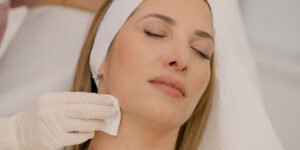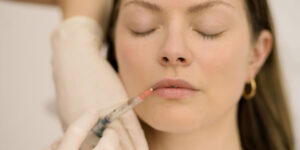

Dermal Filler
for Wrinkles & Fine Lines
As we age, our skin loses elasticity and collagen production decreases, leading to the formation of lines and wrinkles that can make us appear older. Dermal fillers offer a popular solution by replenishing lost volume and stimulating collagen production for a smoother, more youthful look.
Dermal fillers, typically made from hyaluronic acid, a natural substance in the body, restore volume and smooth out lines and wrinkles. They help keep the skin plump and hydrated. By adding volume, they reduce wrinkles and lines. The results last 6-18 months as the body gradually breaks down the filler.
Popular lines and wrinkles treated with dermal filler:
- Nasolabial folds – nose to mouth lines.
- Marionette lines – lines extending from the corners of the mouth to the chin, potentially giving a sad or unhappy appearance.
- Lip lines – the vertical lines that appear above the upper lip, also known as smoker’s lines or barcode lines.
- Crow’s feet – lines at the outer corners of your eyes.
Treatment snapshot
30 mins
appointment
2/5
discomfort
Minimal
downtime
Lasts
9-18 months
FAQs
Nasolabial folds, also known as smile lines or laugh lines, are natural facial creases that become more prominent as we age. They are formed by a combination of factors, including:
- Facial expressions: Repeated smiling, laughing, and talking can contribute to the development of nasolabial folds over time.
- Loss of skin elasticity: As we age, our skin loses collagen and elastin, which leads to a decrease in skin firmness and elasticity. This loss of elasticity can contribute to the formation of nasolabial folds.
- Volume loss in the cheeks: The loss of fat and volume in the cheeks can cause the skin to sag and create deeper nasolabial folds.
- Genetics: Some individuals may be genetically predisposed to developing more prominent nasolabial folds.
Marionette lines, also known as puppet lines or oral commissure lines, develop due to various factors, including:
- Facial expressions and muscle movement: Repeated frowning, pursing of the lips, or downward movements of the mouth can contribute to the formation of marionette lines over time.
- Loss of collagen and elastin: With age, the production of collagen and elastin in the skin decreases, resulting in a loss of skin elasticity. This can contribute to the sagging and wrinkling that characterises marionette lines.
- Gravity and facial volume loss: As we age, the natural fat pads in the cheeks and lower face may shift or diminish, causing the skin to droop and creating more noticeable marionette lines.
- Genetics: Some individuals may have a genetic predisposition to developing more prominent marionette lines.
Both dermal fillers and Botox can be used to address smokers’ lines, also known as lip lines or vertical lip wrinkles. The choice between the two depends on several factors, including the severity of the lines, the underlying cause, and individual preferences.
Dermal fillers, typically made of hyaluronic acid, can be injected into the lip lines to plump up and smooth the area, reducing the appearance of wrinkles. Fillers add volume and hydration, providing a more youthful and rejuvenated look.
Botox, on the other hand, works by temporarily relaxing the muscles that contribute to the formation of lip lines. By inhibiting muscle movement, Botox can soften the appearance of the wrinkles.
The pain level experienced during a filler treatment for lines and wrinkles can vary from person to person. Most patients report feeling only mild discomfort during the procedure.
Our doctors may apply a topical anaesthetic cream or use a local anaesthetic injection to help numb the treated area and minimise pain. Additionally, many filler products contain lidocaine, a local anaesthetic, which can also help reduce discomfort during the procedure.
There are several alternatives to chin filler that can help improve the appearance of the chin area. Here are some of the most common ones:
- Botox: Botox injections relax the muscles that cause wrinkles, such as crow’s feet, forehead lines, and frown lines. The effect can last for three to six months.
- Chemical peels: Chemical peels involve the application of a chemical solution to the skin, which causes the top layer to peel off, revealing smoother, younger-looking skin underneath. They can help to reduce fine lines, wrinkles, and age spots.
- Skin boosters: Skin boosters, such as hyaluronic acid injections, can help to hydrate and plump up the skin, reducing the appearance of fine lines and wrinkles.
- Microneedling: Microneedling involves the use of a small device with tiny needles that create small punctures in the skin, stimulating collagen production and promoting skin rejuvenation. It can help to reduce fine lines, wrinkles, and acne scars.
- CO2 laser: CO2 laser resurfacing uses a carbon dioxide laser to remove layers of damaged skin and stimulate collagen production, reducing the appearance of fine lines and wrinkles.
- Radiofrequency microneedling: This treatment uses a combination of radiofrequency energy and microneedling to stimulate collagen production and tighten the skin around the chin area, improving the appearance of wrinkles and sagging skin.










